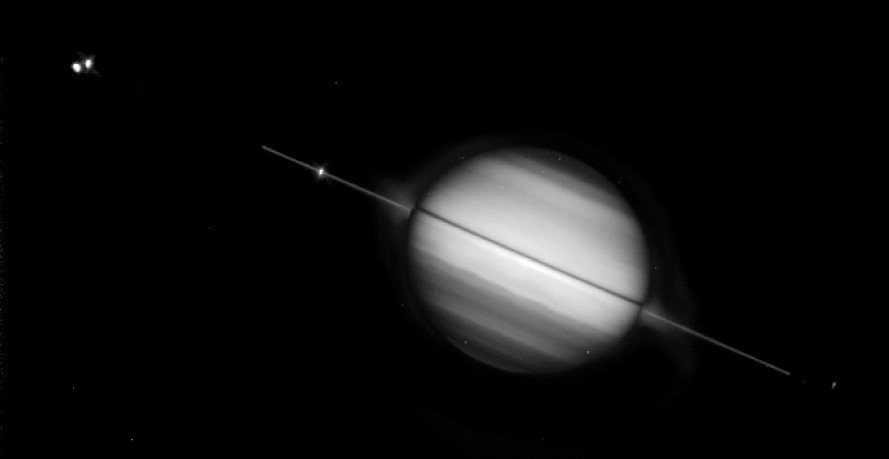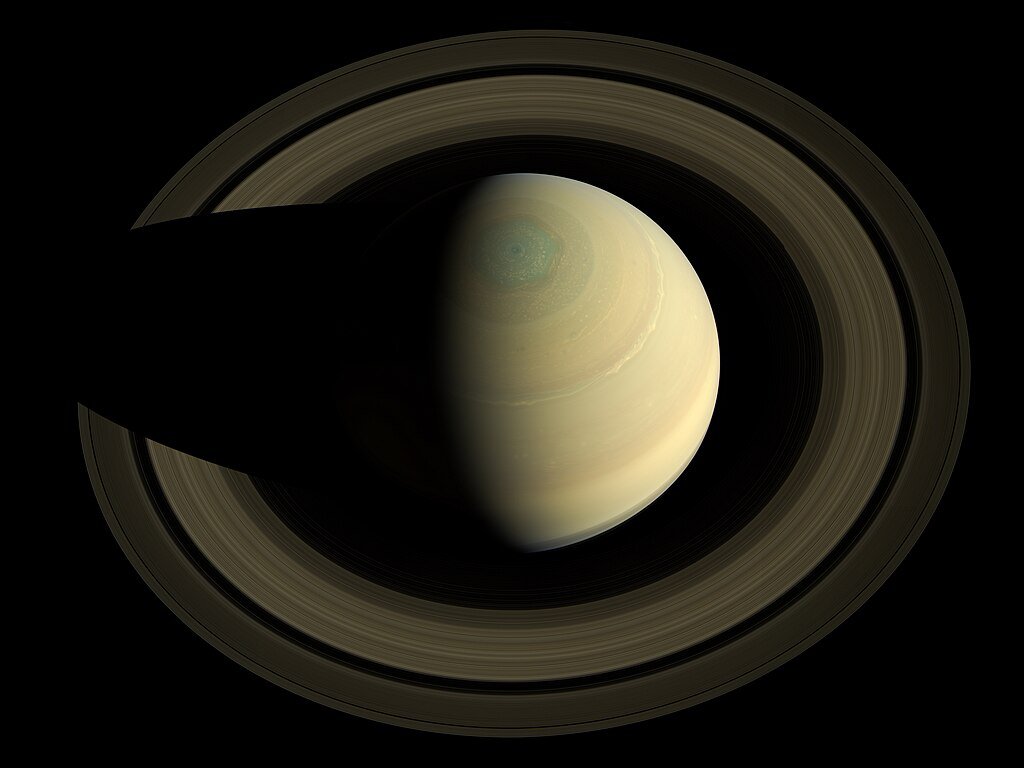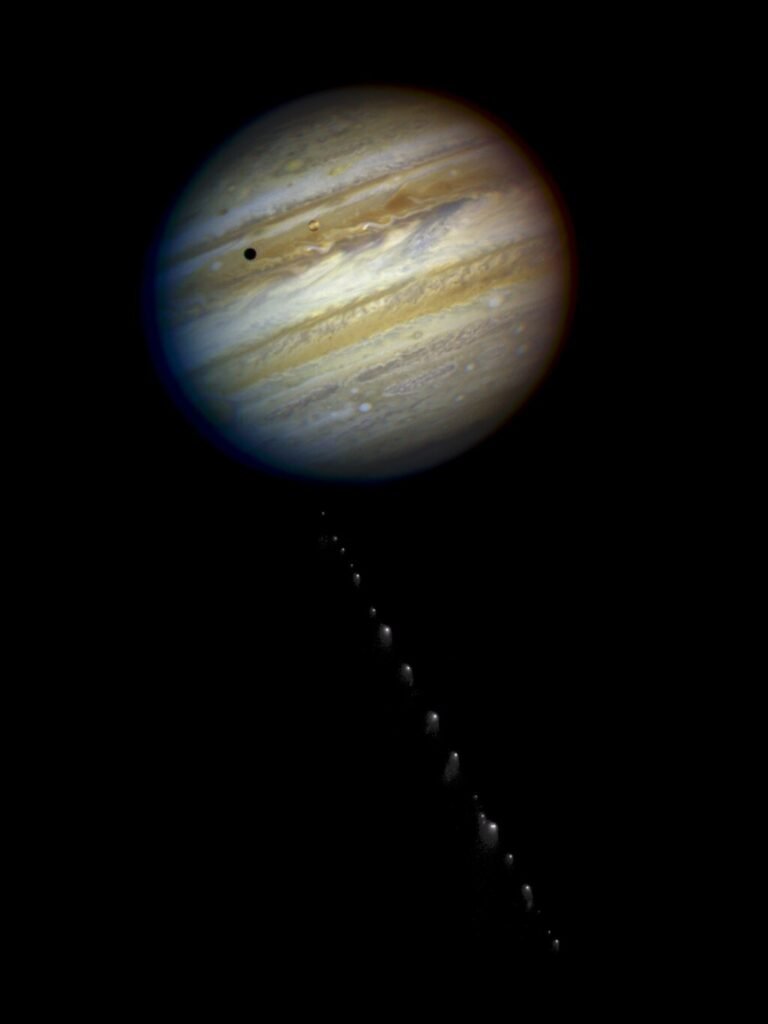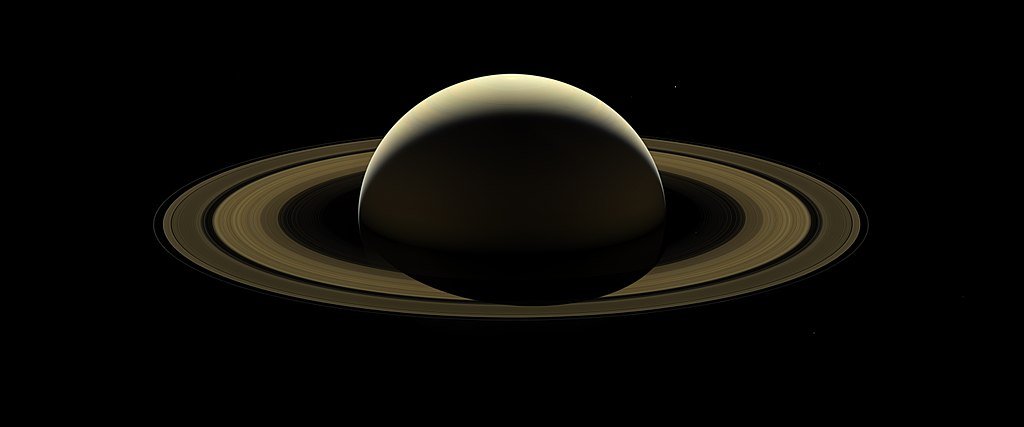Mario Rana, an amateur astronomer and NASA contributor, pointed his telescope at Saturn on the morning of July 5, 2025. He may have seen history being made. Astronomers around the world are trying to figure out if this was the first time anyone has ever seen an impact on Saturn. There was a brief but bright flash on the gas giant’s limb that was recorded at 5:07:56 EDT (9:07:56 UTC). If trueTurns out, this event could change the way we think about cosmic collisions in the outer solar system. But gas giants like Saturn eat up evidence almost right away, so there’s a race to get more footage before the trail goes cold.
A Flash in the Dark: The Moment That Could Change Astronomy

Mario Rana, an astrophotographer from Hampton, Virginia, was doing his normal observations when his DeTeCt software found something strange: a sudden flash of light near the edge of Saturn. The flash lasted only a few frames, but it could have huge effects. When comets hit Jupiter, like the 1994 Shoemaker-Levy 9 comet, they left visible scars. Saturn’s thick hydrogen-helium atmosphere, on the other hand, usually erases all signs of collisions within hours. If Rana’s footage is real, it could be a rare and possibly never-before-seen scientific opportunity.
Why Saturn Impacts Are So Elusive

The immense gravitational forces of gas giants make them similar to vacuum cleaners in that they are able to capture comets and asteroids. Observing such collisions, however, is quite difficult. Since Saturn lacks a solid surface, impacts do not create craters. Rather, they lead to transient flashes or ripples in the gas layers that dissipate almost immediately.Astronomers think that big things (more than 1 km wide) hit Saturn only once every 3,125 years, while smaller things hit it 7–8 times a year. However, no one has ever seen these impacts happen directly.
NASA’s Cassini spacecraft, which studied Saturn for 13 years, never saw an impact happen in real time. Instead, it found indirect clues, like ripples in Saturn’s rings that acted like a “giant meteoroid detector.” In 2013, Cassini scientist Linda Spilker said that these results showed that the rates of small particles hitting Saturn are similar to those on Earth. This was surprising because the two worlds are so different.
The Shoemaker-Levy 9 Parallel: Why This Time Could Be Different

The only confirmed impact on a gas giant before this one was Comet Shoemaker-Levy 9’s collision with Jupiter in 1994, which left dark, Earth-sized bruises for weeks. But Saturn’s situation is more complicated. If there isn’t a solid surface, any flash could be swallowed by the turbulence in the air in just a few minutes. The DeTeCt project is now looking at global observations from July 5 to find impact signatures in planetary footage. Ricardo Hueso from the University of the Basque Country says that the most important thing is to find a second witness: “If only one person sees this flash, there’s still a very high chance it won’t be real.”
The Global Hunt for Corroborating Evidence
The Planetary Virtual Observatory and Laboratory (PVOL) has asked both amateur and professional astronomers to look over their Saturn footage from 9:00 to 9:15 UTC on July 5. Marc Delcroix of PVOL says that even data that has been thrown away or not processed could be important. Modern telescopes and the growth of citizen science make it more likely Leigh Fletcher from the University of Leicester says that someone might have thought the flash was just a problem with the camera.
Scientists could figure out the object’s size and speed if more than one source confirmed the event. But if there is no tracking before the impact, like with Shoemaker-Levy 9, the intruder’s identity may never be known.
What If It’s Real? The Scientific Payoff
An impact like this would give us important information. Researchers would be able to figure out the object’s mass and makeup by looking at how long and how bright the flash was. Even more importantly, it would improve models of how often these events happen, which is necessary for figuring out how the solar system works and how to protect planets. This could be called a “major breakthrough” in planetary science, as shown by the popularity of PVOL.
The Waiting Game: A Cosmic Mystery Unfolds

As of July 10, 2025, The Flash remains unverified. As per the preliminary information published by the DeTeCt project, there have been no further sightings, although investigations continue.This event highlights how little we understand the cosmic phenomena surrounding us whether a meteoroid’s dying flare or a camera error. For now, both astronomers and space enthusiasts are waiting, wishing another clip of that fateful moment is stashed away on someone’s hard drive.
Sources:

Suhail Ahmed is a passionate digital professional and nature enthusiast with over 8 years of experience in content strategy, SEO, web development, and digital operations. Alongside his freelance journey, Suhail actively contributes to nature and wildlife platforms like Discover Wildlife, where he channels his curiosity for the planet into engaging, educational storytelling.
With a strong background in managing digital ecosystems — from ecommerce stores and WordPress websites to social media and automation — Suhail merges technical precision with creative insight. His content reflects a rare balance: SEO-friendly yet deeply human, data-informed yet emotionally resonant.
Driven by a love for discovery and storytelling, Suhail believes in using digital platforms to amplify causes that matter — especially those protecting Earth’s biodiversity and inspiring sustainable living. Whether he’s managing online projects or crafting wildlife content, his goal remains the same: to inform, inspire, and leave a positive digital footprint.




